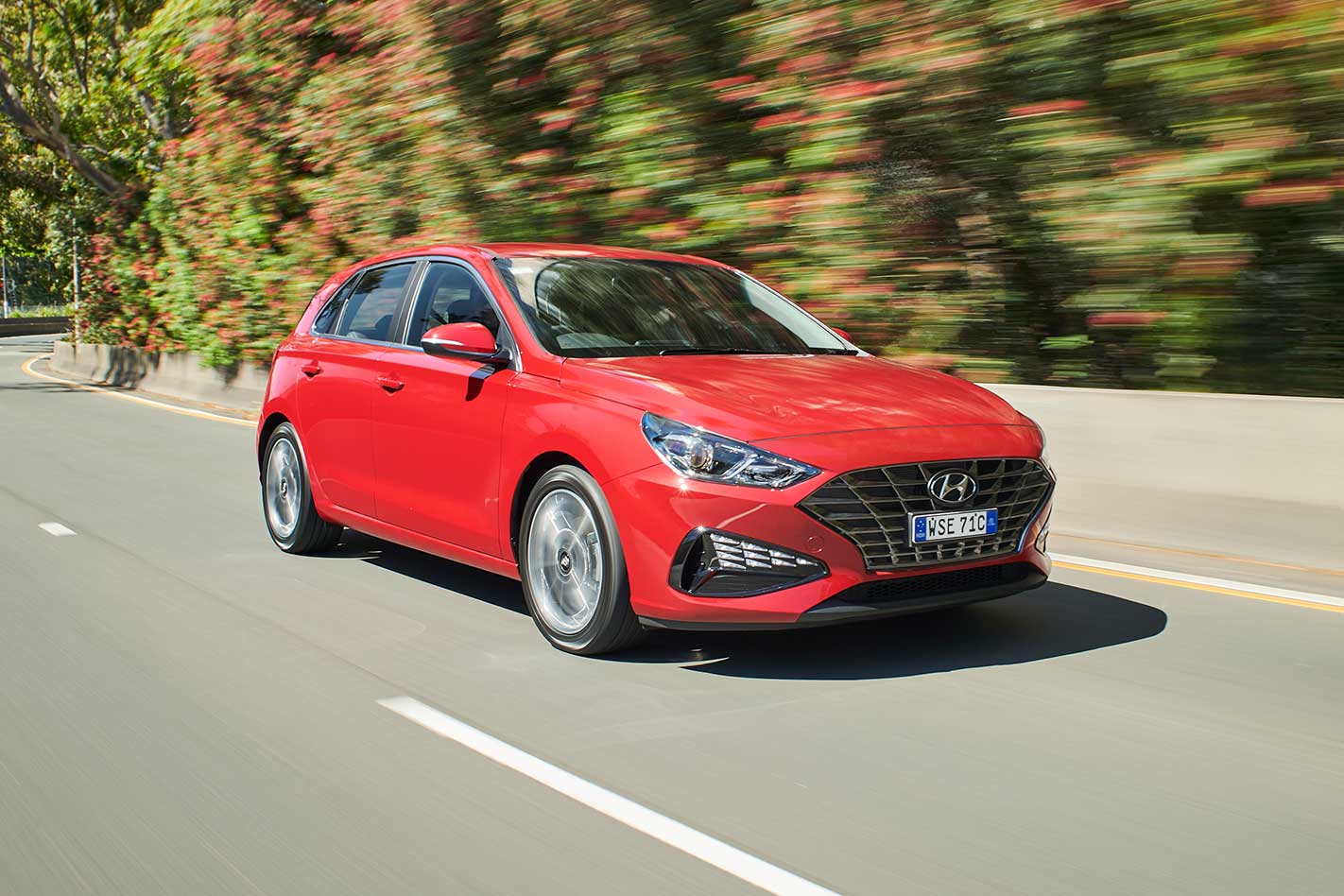
This is a high stakes game. The latest generation Hyundai i30 has consistently ranked among Australia’s favourite cars.Take out the Ford Ranger and Toyota Hilux utes and this humble hatchback was Australia’s fourth most popular car in 2020, second most popular in 2019 and third most popular in 2018. This suggests the recipe is working; conversely, straying from that recipe is fraught with danger.
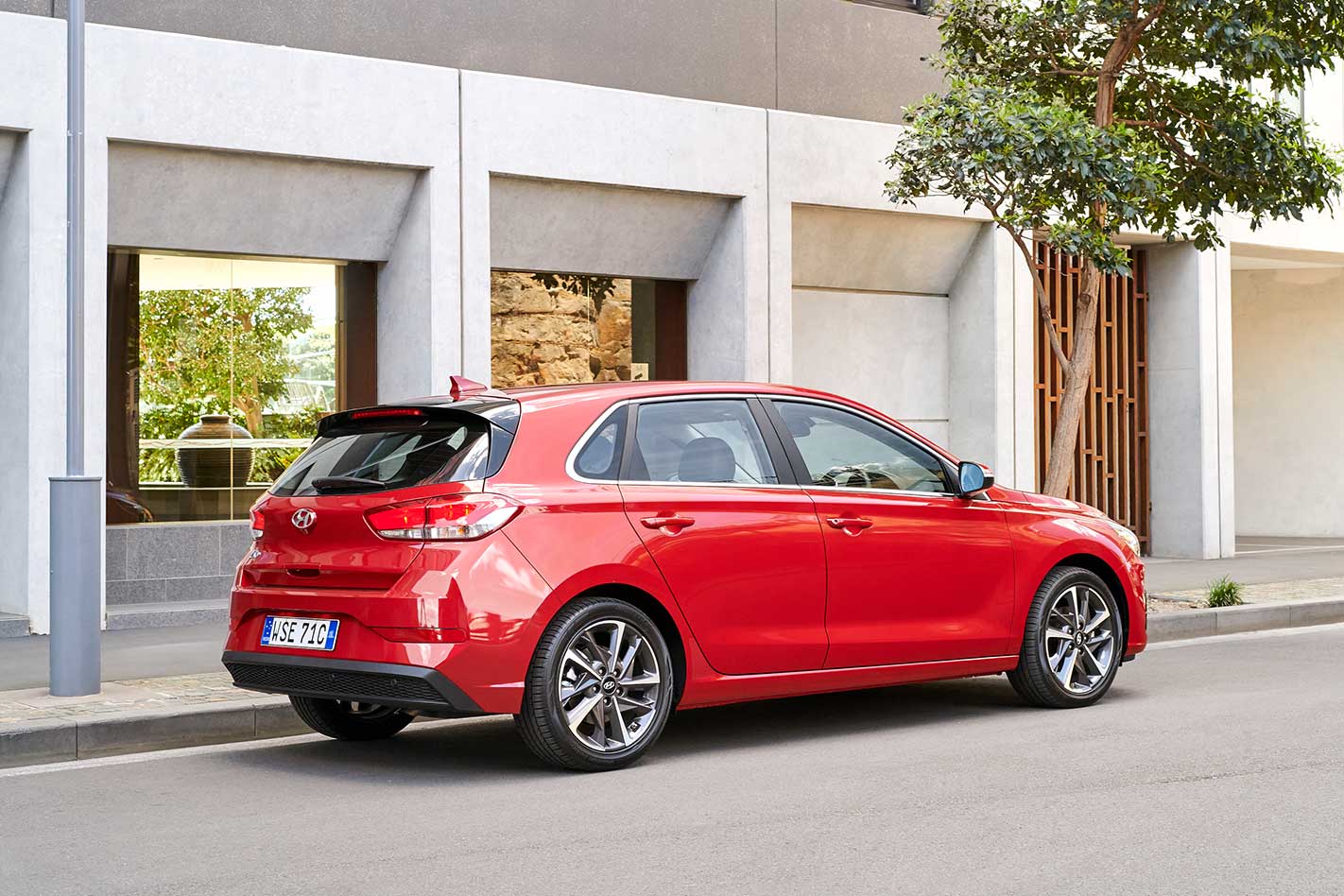
Every i30 scores a five-year unlimited-kilometre warranty and Hyundai offers pre-paid servicing, with three years quoted at $777, four years $1136 and five years $1395.
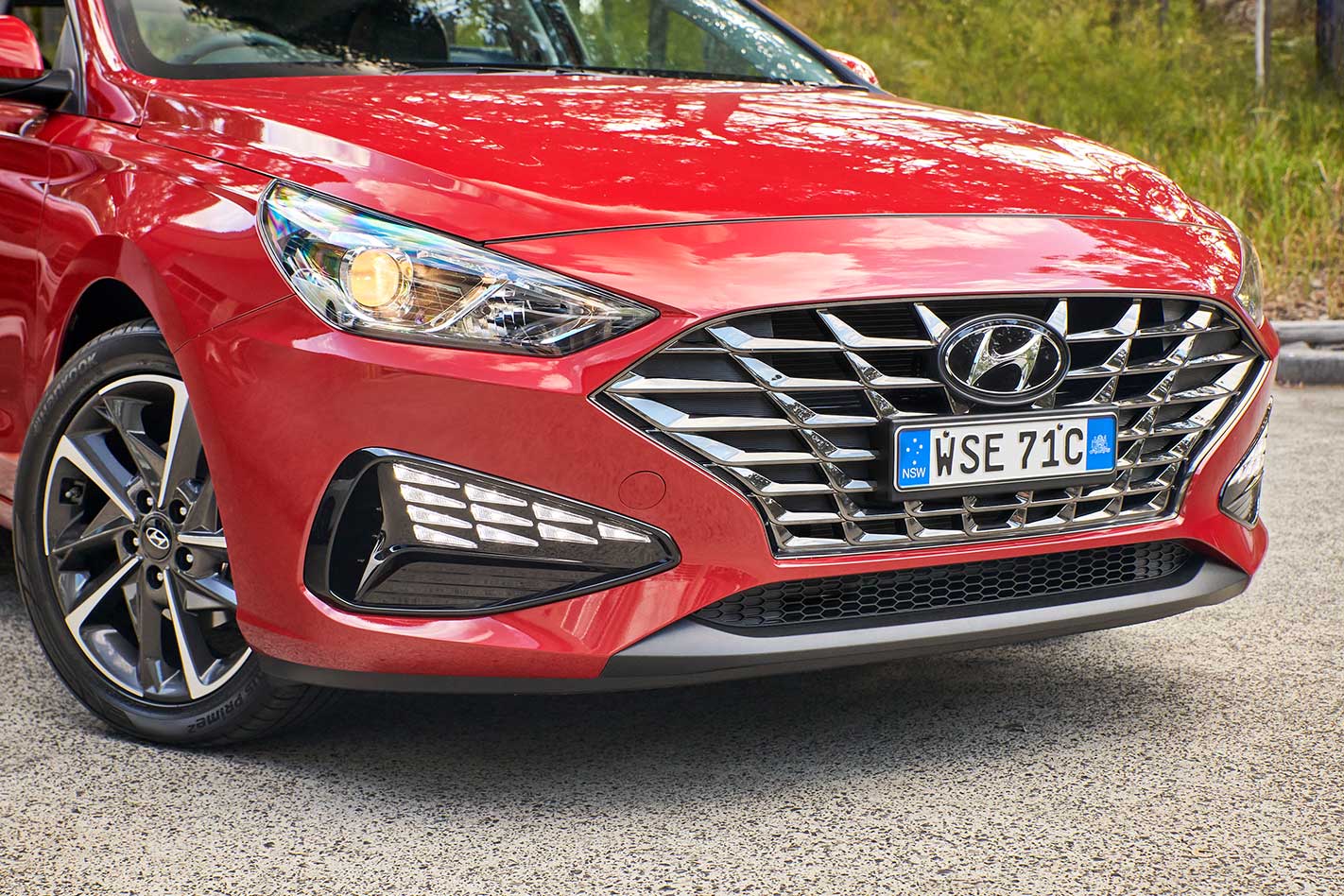
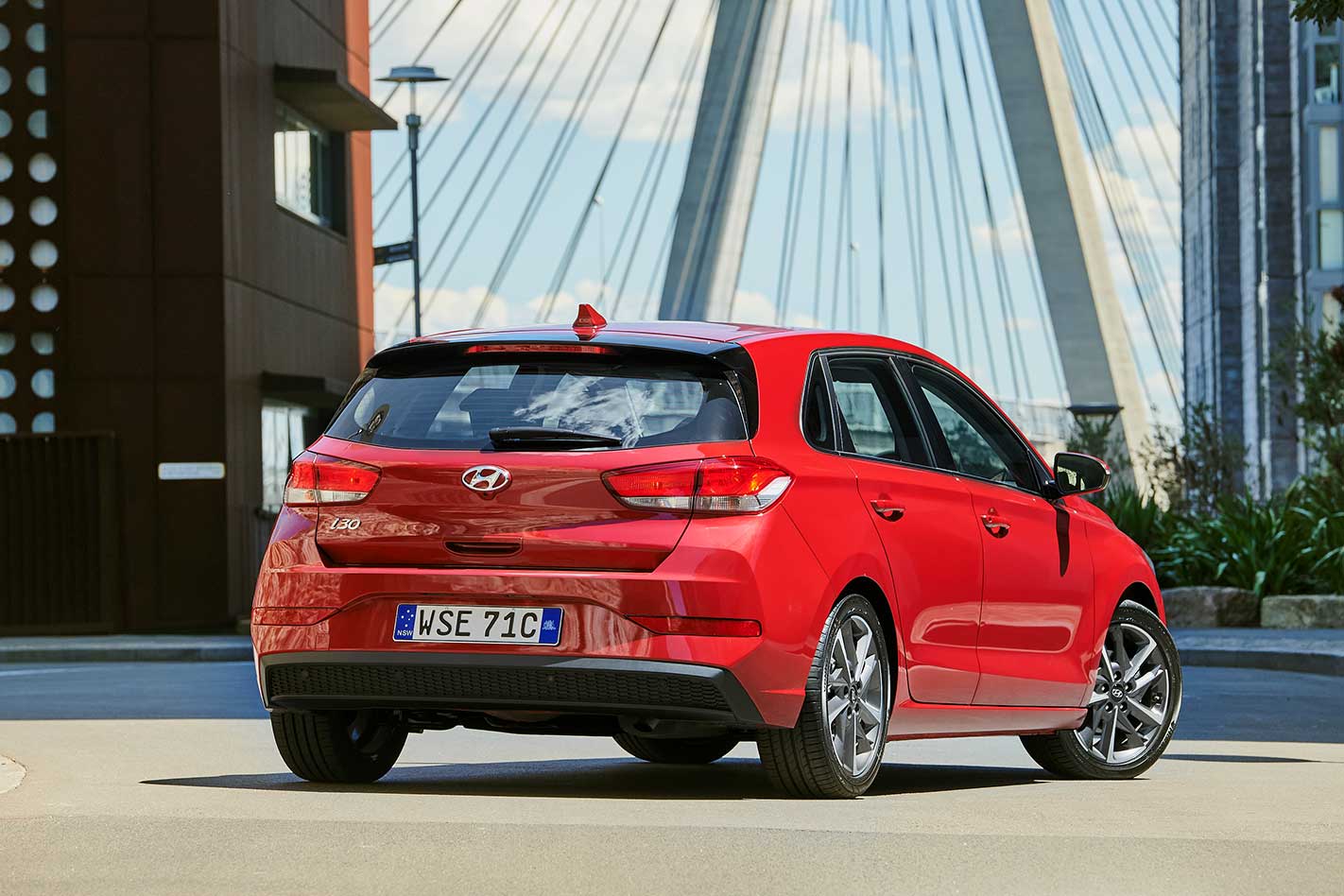
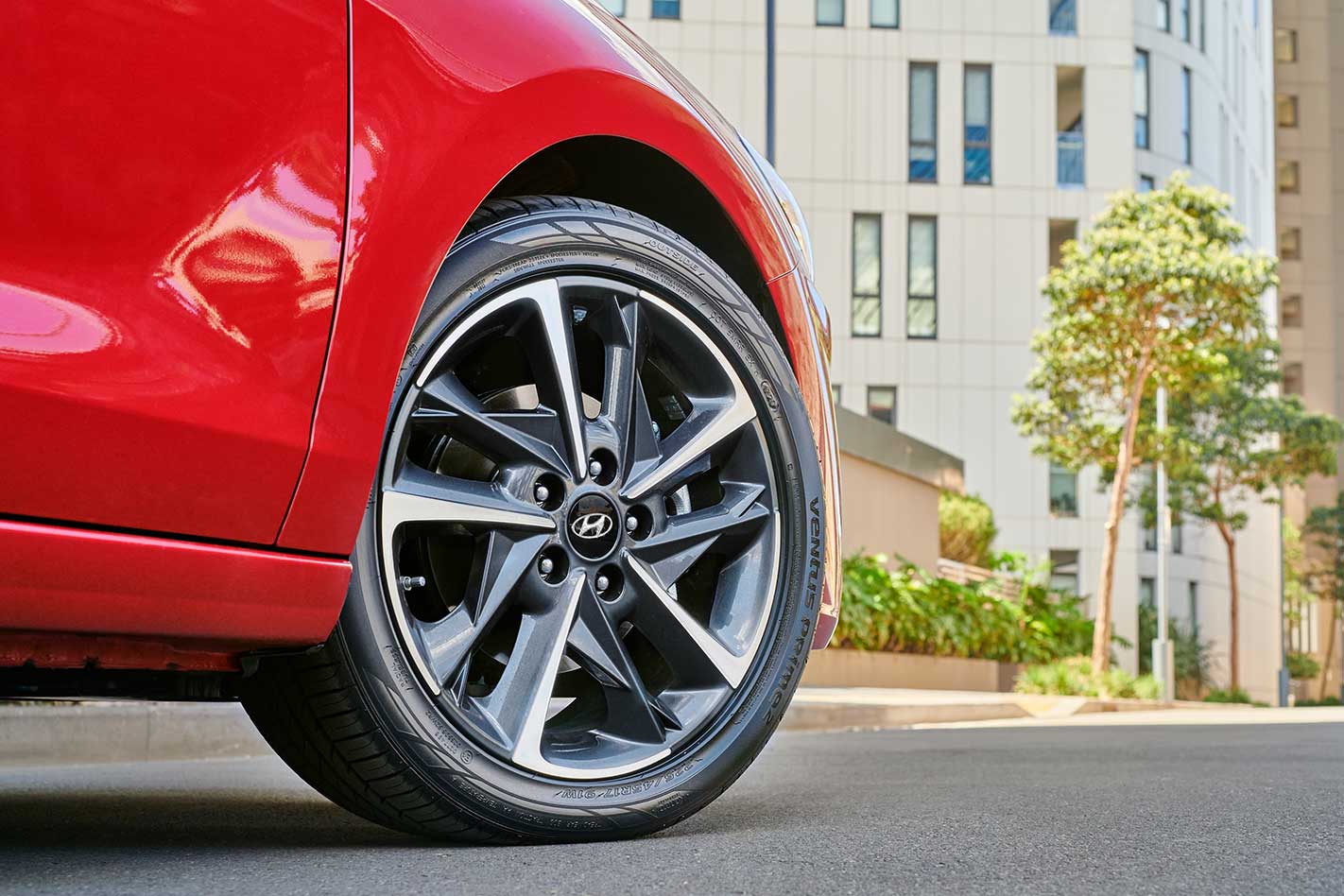
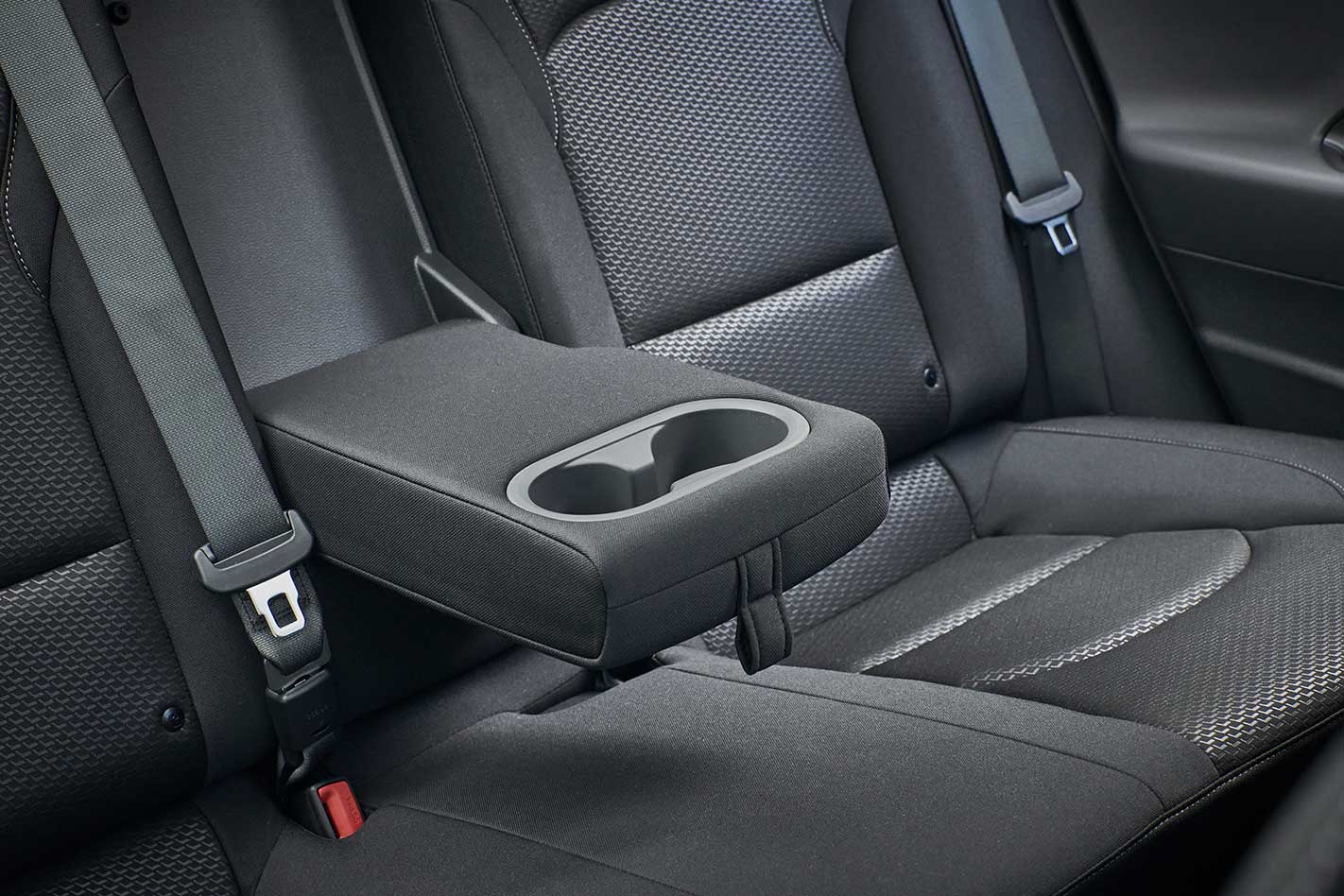
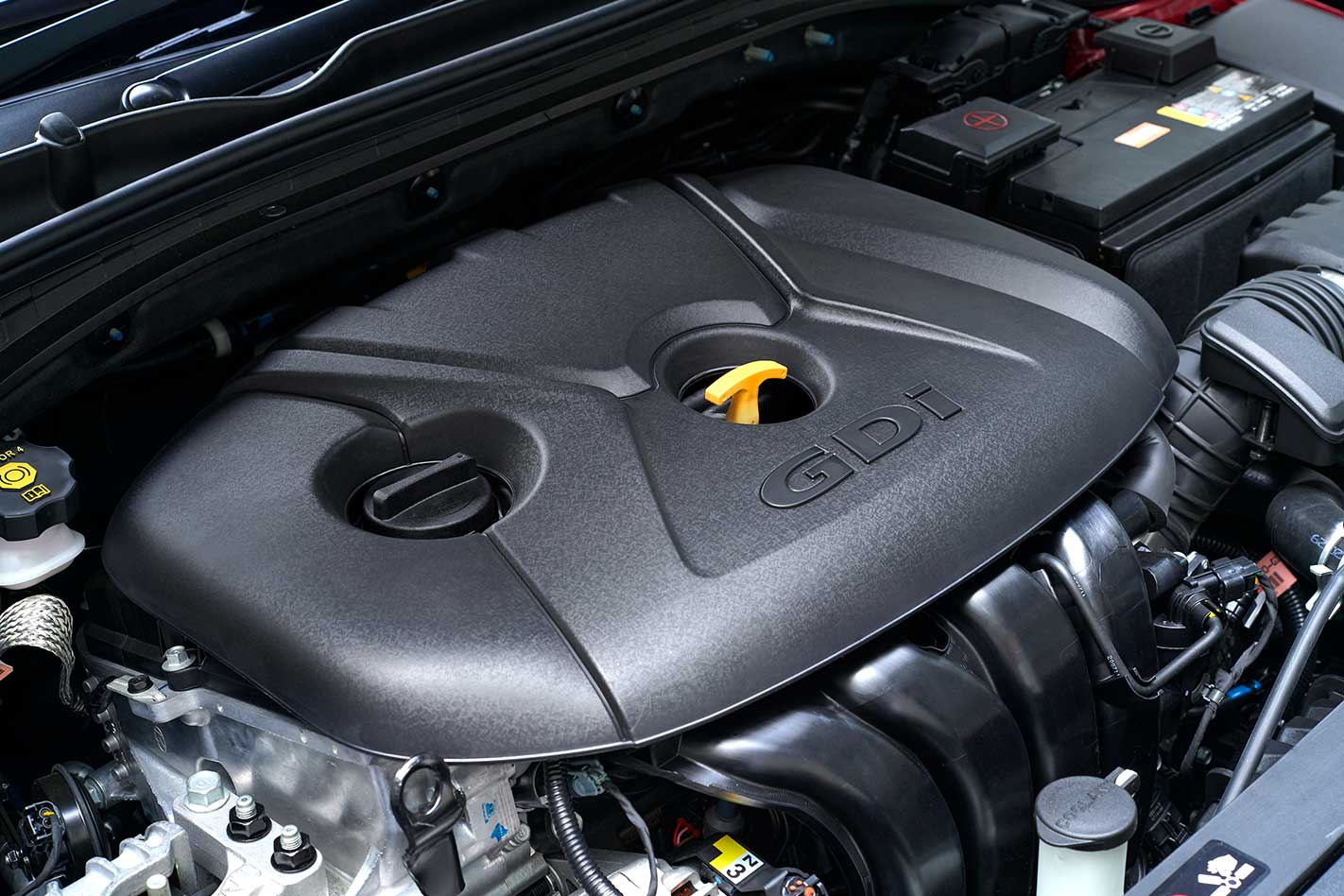
However, it now has a touch of surprise-and-delight to it, too, with greater design flair, improved interior material quality, more equipment and added safety.Hyundai might have been playing a high stakes game but it’s played it well and come out smiling.Verdict: 8/10Likes: improved interior; more equipment; practicalityDislikes: entry price has risen; fussy new dials; a couple of active safety omissionsSpecificationsBody: 5-door, 5-seat hatch Drive: front-wheel Engine: 1999cc inline-4cyl, DOHC, 16v Bore/stroke: 81.0 x 97.0mm Compression: 11.5:1 Power: 120kW @ 6200rpm Torque: 203Nm @ 4700rpm Fuel consumption: 7.4L/100km (combined/claimed) Weight: 1276kg Power/weight: 94kW/tonne Transmission: 6-speed automatic Suspension: struts, coil springs, anti-roll bar (f); torsion beam, coil springs, anti-roll bar (r) L/W/H: 4340/1795/1455mm Wheelbase: 2650mm Tracks: 1559/1568mm Steering: electrically assisted rack-and-pinion Brakes: 280mm ventilated discs, single-piston calipers (f); 284mm solid discs, single-piston calipers (r) Wheels: 16 x 6.5-inch (f/r) Tyres: 205/55 R16 91H (f/r); Kumho Ecowing Price: $25,420 ($27,490 driveaway)




